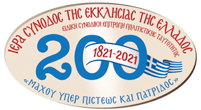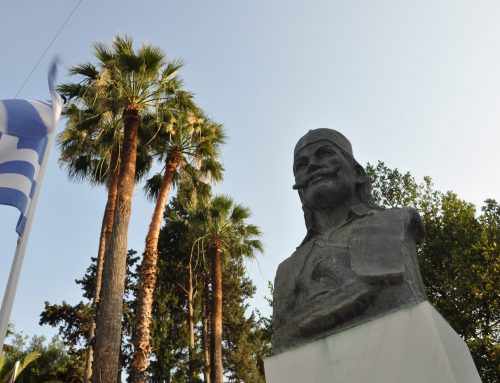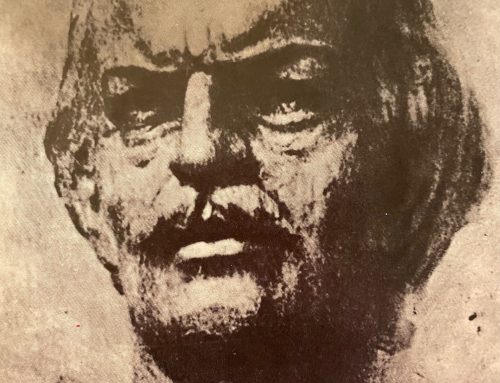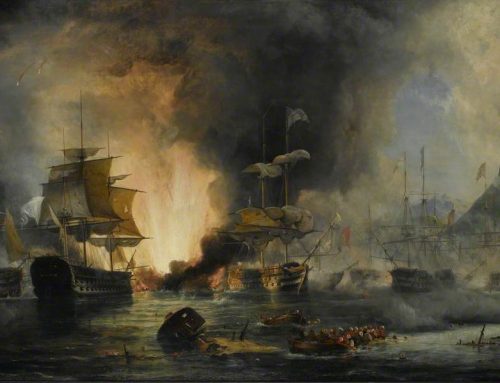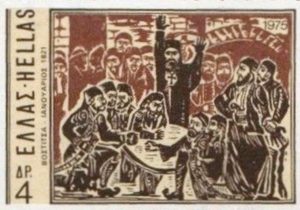
From January 26 to 29, 1821 (or to January 30, according to other sources), a secret meeting of the bishops and headmen of the Peloponnese who had been initiated into the “Society of Friends” was carried out in the town of Aighion (which was called Vostitsa at that time). It took place in the house of Andreas Londos and as an excuse for the Turkish authorities they used the justification that they would gather to discuss land disputes between two monasteries of the area.
The Vostitsa Convention, as remained known in historic memory, was attended by the following hierarchs : Ghermanos of Old Patras, Prokopios of Kernitsa, Ghermanos of Christianoupolis, and Archimandrite Amvrossios Frantzis, Protosynkellos (i.e. chancellor) of the latter. The main points were written down by Metropolitan Ghermanos of Old Patras and Amvrossios Frantzis and this is how we get to know what was discussed. The following headmen also participated: Andreas Zaimis, Assimakis Fitilas, Panagos Delighiannis, Ghiannis Papadopoulos or Mourtoghiannis, Soterios Theoharopoulos, Andreas Londos, Demetrios Meletopoulos, Soterios Ioannou, and others.
Archimandtrite Gregorios Dikaios (Papaflessas) expressed himself enthusiastically in favour of the uprising and spoke as representative of the Leader of the “Society of Friends”, Alexandros Ypsilantis. Ghermanos of Old Patras and other participants were reticent, as they thought the Greeks were not prepared. Besides, they had not forgotten the great slaughter in the Peloponnese following the Orlov Revolt (1769). They did not disagree on the need to free Hellenism but on the question whether the conditions of success were there. Finally, they decided to send out letters on what had to be done to Metropolitan Ignatios formerly of Arta and subsequently of Hungary and Wallachia, who resided in Pisa, Italy, at that time, and to Ioannis Capodistrias in Russia.
At any rate, they set three potential dates for the commencement of the Revolution:
- March 25 (Annunciation Day) or
- April 23 (Saint George Day) or
- May 21 (Feast of Constantine and Helen, Holy Emperors Equal to the Apostles).
All those three dates demonstrated the close connection of Orthodoxy with Freedom which they had in their minds and souls.
Before leaving Aighion all participants, clergy and laymen, deposited a pecuniary contribution to a common Fund for the success of the Struggle.
Sources:
- Metropolitan Ghermanos of Old Patras, Memoirs, published by “Kathimerini” newspaper, Athens 2020, pp. 32-37.
- Amvrossios Frantzis, Epitome of the History of Greece Regenerated, published by the Society of Peloponnesian Studies, Athens 1976m vol. I, pp. 90-105.
